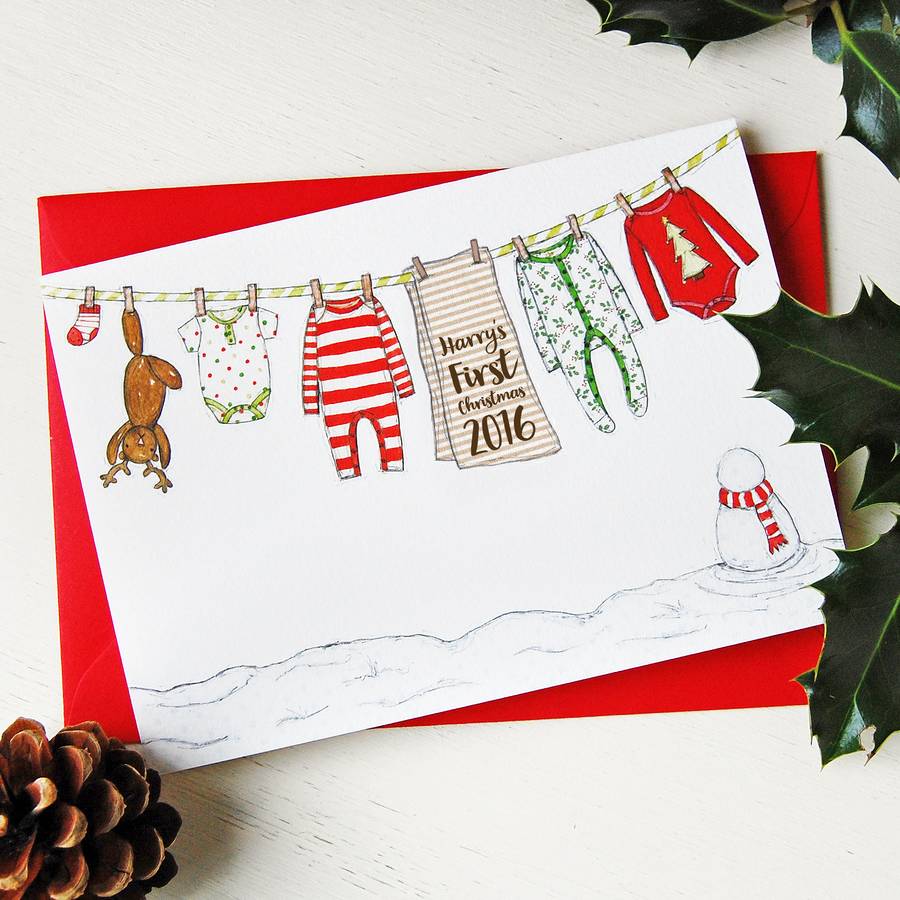Too wasteful? Too commercial? Couldn’t be arsed? Whatever your excuse is, people are not sending Christmas cards like they used to. Does our young millenial generation have a reason for this change besides ignorance? Or have we resolved to bestowing good wishes in other ways? While the cards have for generations united families and friends- as well of reminding people of which relatives are still alive- we now live in a world where a shared virtual presence is constant throughout the year. And it’s lazier than ever.
The Origins of the Christmas Card
 The Christmas Card is less of a tradition than we realise. The first were produced by Civil Servant Henry Cole in 1843. This was intended to engage people with the new Post Office.
The Christmas Card is less of a tradition than we realise. The first were produced by Civil Servant Henry Cole in 1843. This was intended to engage people with the new Post Office.
This shows numerous Industrial Revolution ideals of mass printing and connection by railway. This soon spread to America. With card manufacturers seizing on the emotionally-tied product, consumers naturally flocked to the new custom. Handmade cards exchanged by hand also followed the culture of calling cards, whereby guests to a household could introduce themselves with something akin to the modern business card.
Christmas Cards Today
Today you can buy your cards anywhere from charity shops to Harrods. Online customisation services such as Funky Pigeon have reclaimed something of the premium of physical cards by making them more than a simple pre-printed line and a signature. Many people don’t even bother writing your name at the top anymore. However, the fiscal effort of a second class stamp holds a degree of value.
The Problems of Christmas Cards
 Cards are wasteful. You need only see the abandoned stacks of the Evening Standard to realise almost every form of printed media is wasteful, from luxury chocolate boxes to pot noodles. You pick up a card from your doorway, which is satisfying as we don’t have nice post anymore. The handwritten address is comforting, providing they have spelled your name write and not included your ex.
Cards are wasteful. You need only see the abandoned stacks of the Evening Standard to realise almost every form of printed media is wasteful, from luxury chocolate boxes to pot noodles. You pick up a card from your doorway, which is satisfying as we don’t have nice post anymore. The handwritten address is comforting, providing they have spelled your name write and not included your ex.
You then gain a few precious seconds of the ‘isn’t that nice’ effect as you open the card and leave it on whatever horizontal surface has space. It’s like a handful of water, leaking freely. Or rather, a handful of red wine, because your stuck with the stain. Emotional, because you probably didn’t reciprocate. Physical, because you’re now stuck with papers that turn from a mild inconvenience in your small flat to a disposal nightmare come January. It’s useful paper, but you aren’t going to be writing that many shopping lists. It all goes in the recycling, around May. Except the one with sparkly shite on it- which bin is that?
E-Cards
 Ten years ago, Christmas emails became the easy route. Create a design or template with a pleasant message and email to everyone. Sorted. Each recipient then sees this and deletes it immediately. Ironically, everyone’s happy if you consider the sender has no guilt while the other end doesn’t have a pile of recycling. The downside was a complete loss of currency. Best wishes with no effort mean nothing.
Ten years ago, Christmas emails became the easy route. Create a design or template with a pleasant message and email to everyone. Sorted. Each recipient then sees this and deletes it immediately. Ironically, everyone’s happy if you consider the sender has no guilt while the other end doesn’t have a pile of recycling. The downside was a complete loss of currency. Best wishes with no effort mean nothing.
Social Media- From Annual Wishes to Constant Contact
 Is there a broader, more positive answer to our yearly failure in the eyes of our older relatives? Certainly. While we used to be confined socially to work, family and the local boozer, the internet means you are probably following and friends with your fourth cousin twice-removed’s dogwalker. With this comes the constant stream of bollocks that is their social media presence. And you likely engage with this in likes, comments and retweets. Why would you go to the effort of buying a card when you said how cute their cat was or went ‘live’ to them when you were drunk at the bus stop?
Is there a broader, more positive answer to our yearly failure in the eyes of our older relatives? Certainly. While we used to be confined socially to work, family and the local boozer, the internet means you are probably following and friends with your fourth cousin twice-removed’s dogwalker. With this comes the constant stream of bollocks that is their social media presence. And you likely engage with this in likes, comments and retweets. Why would you go to the effort of buying a card when you said how cute their cat was or went ‘live’ to them when you were drunk at the bus stop?
Not convinced? Don your most cringeworthy Christmas shite, open Skype and yell ‘Merry Christmas’ at your Mum. Is that enough?
The post Has the Christmas Card had it’s day? appeared first on Felix Magazine.
No comments:
Post a Comment